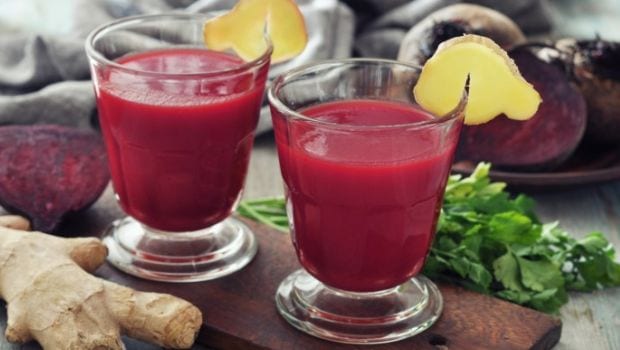
In Goa, at the Serendipity Arts Festival earlier this month, I attended a fascinating workshop on fermentation, curated by chef Manu Chandra. The session was conducted by Aditya Raghavan, who seems to be quite a maverick and treats his bacteria and yeast with much respect, almost as pets, which of course they are!
It was at the workshop that I had my first sip of Kombucha, fermented tea, the supposed elixir of life, discovered by the ancient Chinese and being successfully marketed by the Americans since the 1990s, as a cure for everything from cancer to premature greying. Because I shy away from marketing blitzes, I had never thought to try this “drink of life” before. But regardless of whether you believe in its health benefits or not, kombucha is one of those interesting fermented foods that we should all get into our guts from time to time, if not for their probiotic action then for the complexity of taste that SCOBY action brings to the jars.
Fermentation fans like Raghavan treat their SCOBY- Symbiotic Colony of Bacteria and Yeast – with much respect. They carefully tend to them, watching them grow to large discs with the fondness of a parent, gifting the culture to fellow fermenters. It’s a whole world out there; a family at least engrossed in this riveting biochemical action.
Not as much adoring attention is perhaps paid to some of fermented foods we’ve always had in our midst. If Kombucha reminds me of something, it is kanji, the popular north Indian winter drink that used to be made in huge barnis, or jars, as an annual ritual till a few decades ago but is now losing out in pop appeal.
The flavour profiles of kombucha and kanji are of course drastically different. One is mildly sweet, the other zingy, tart, salty and when made well, pungent. I love the complexity of flavours a well fermented kanji brings in every mouthful. But it is an acquired taste—with no redeeming sweetness to ensure all-round appeal.
Kanji making is the work of andaz. No measures can be given on how much water must submerge the carrots, including those beautiful purple ones, kaali gajjjar that comes only during winters, and imparts a rich reddish hue to the drink, is never strictly measured. Neither is the amount of mustard seeds that give the kick to the drink and kickstart the pickling process.
Kanji making is the result of naturally occurring bacteria in the air and yeast found in the vegetable skin, which is why, it may be best not to scrape of the carrots. These work on the natural sugars in the carrots, which get pickled in turn, and can be inventively used in sandwiches, salads and what-nots should you not want to eat them with the kaanji itself.
While, it may take a week or so for the kaanji to be fermented to your taste in the mild cold, you can store it for months, including in the ref, when the days get warmer, to bring the microbial activity to a minimum. But like other fermented foods, including beer, this one is a living drink. In fact, the now trendy Lambic craft beer from Brussels, a result of natural , “spontaneous” fermentation (by naturally occurring microorganisms in that specific area where the Lambic breweries are situated), is another drink that reminds me of kaanji.
Why is kaanji called kaanji, a word that may also remind you of the Colonial congee? Congee, termed as such by the British, is a very different class of foods, more a porridge or gruel, pervasive throughout Asia, including in parts of southern India. Mostly a breakfast dish, or food for invalids, congee can be served with a variety of condiments too. So what possible connection could this rice gruel have with the sour winter kaanji of north India besides being a sort of a homophone?
Food history however has fascinating trivia that can allow us to draw our own conclusions. In ancient India, as documented in texts like the Kashyapa Samhita, kanjika is described as a sour, fermented rice gruel, popular in the south. Kanjika, it would appear, then connoted a class of fermented foods. The north India kaanji could stem from that. So could all the different versions of congee—even when the porridge is no longer sour or fermented!
[“source-ndtv”]










